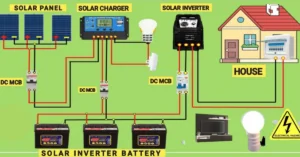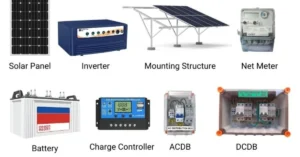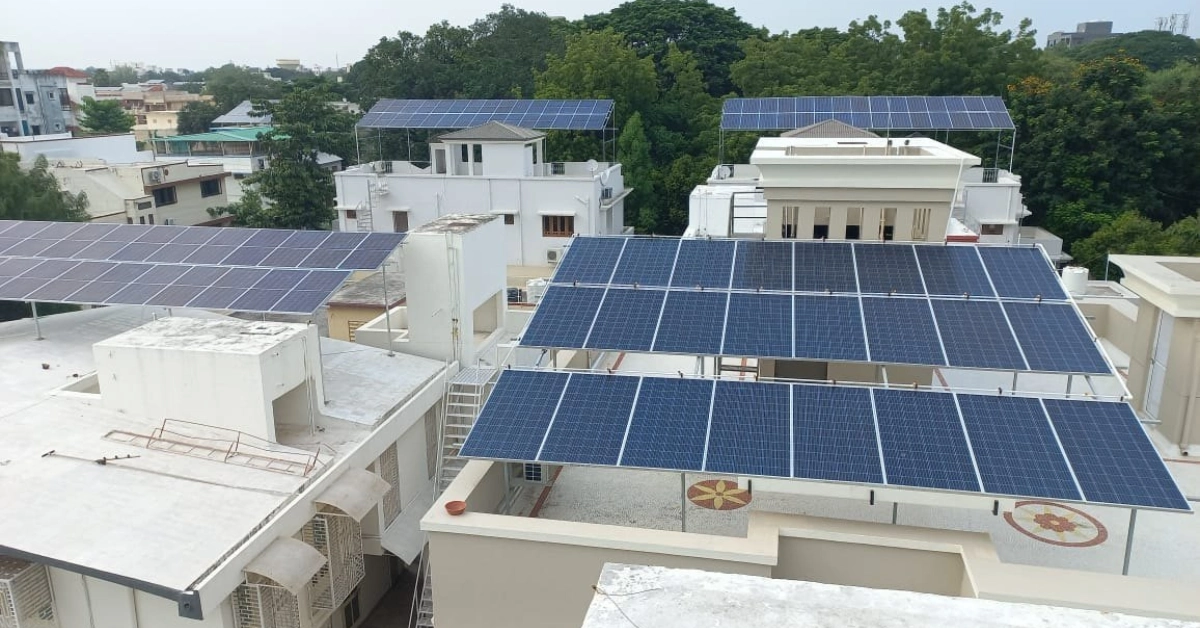Getting solar isn’t just about putting panels on your roof; it’s about creating an innovative, personalised system that fits your lifestyle. Think of your solar design as your game plan for a sustainable energy future. The better it’s designed, the more sunshine you capture and the more money you save.
But how do you make sure your solar design is just right? Let’s walk through the steps to creating the perfect solar system design, one that’s not only technically sound but also built around you.
1. Start With a Personal Energy Audit
Before a single panel goes on the roof, it’s important to understand how much energy your household or business uses. Begin by reviewing your past electricity bills carefully. Notice any spikes during summer or winter? That’s your starting point. Next, consider the appliances that significantly increase your power usage, things like your air conditioner, the heater in winter, or that extra fridge humming away in the garage.
Pro Tip: Planning to get a heated pool or switch to an electric car soon? Make sure to mention it. A good solar setup should be adaptable to both your current lifestyle and your plans.
2. Site Inspection: Every Roof Tells a Story
No two roofs are the same; different angles, orientations, shading, and materials all impact solar performance. A proper site inspection helps the designer identify:
- The best sun-facing side (usually north-facing in Australia)
- Any trees or buildings causing shade
- Roof strength and material
- Room for future battery installation
Human Touch: Good solar designers don’t just measure roofs; they listen to homeowners. Your preferences matter, whether it’s aesthetic placement or keeping parts of the roof clear.
3. System Sizing: Balance is Key
Your solar system should fit your energy needs and budget just right, neither too big nor too small. Go too big, and you might waste energy; too small, and you’ll miss out on savings.
A good designer will factor in:
- Average daily electricity usage
- Budget and ROI expectations
- Future expansion needs (like batteries or electric vehicles)
Smart Thought: Bigger isn’t always better. It’s about smart sizing for your life.
4. Choose the Right Technology Mix
A great solar design includes choosing the right:
- Solar panels (efficiency, warranty, and brand reliability)
- Inverter (string vs. microinverter or hybrid)
- Battery storage (optional, but highly recommended if you’re planning for energy independence)
Friendly Advice: Don’t go for the flashiest brand; instead, opt for the one that suits your roof, budget, and lifestyle.
5. Shade Analysis and Panel Layout
Solar experts utilise sophisticated design tools to create a 3D model of your home, illustrating precisely how sunlight travels across your roof throughout the year. This helps them determine the best locations for your panels and avoid any shady areas that could impact performance.
It’s all about making sure your system captures as much clean energy as possible, every day, every season.
- Avoid shaded areas
- Maximise efficiency by positioning panels correctly
- Determine the best tilt and orientation
Real-life Scenario: Sometimes, moving just one panel can significantly boost your production. That’s why expert shading analysis is crucial.
6. Electrical Design and Safety Compliance
Once the layout is finalised, the next step is designing the electrical setup. This includes:
- Stringing configuration
- Load calculations
- Circuit diagrams
- Safety switch placement
Reminder: Always ensure your installer complies with Australian Standards (AS/NZS 5033, AS/NZS 4777) and is CEC-accredited.
7. Future-Proofing Your Design
Technology evolves, and your needs may grow. A bright solar design leaves room for:
- Battery add-ons
- EV charging stations
- System upgrades
Forward Thinking: Solar is a long-term investment. Design it with tomorrow in mind.
8. Get a Visual Proposal
A reputable solar company will give you a detailed proposal that includes:
- System layout with panel positioning
- Expected energy production
- Estimated savings and payback period
- Warranty details and system lifespan
What to Look For: Avoid vague proposals. Demand transparency and clarity.
Conclusion:
It takes a combination of strategy, science, and listening to create the ideal solar design. Designing something specifically for you is more important than using a “one-size-fits-all” approach.
So when you’re planning your solar journey, choose a team that listens, plans, and builds with precision and heart. Because in the world of solar, good design isn’t a luxury — it’s a necessity.







